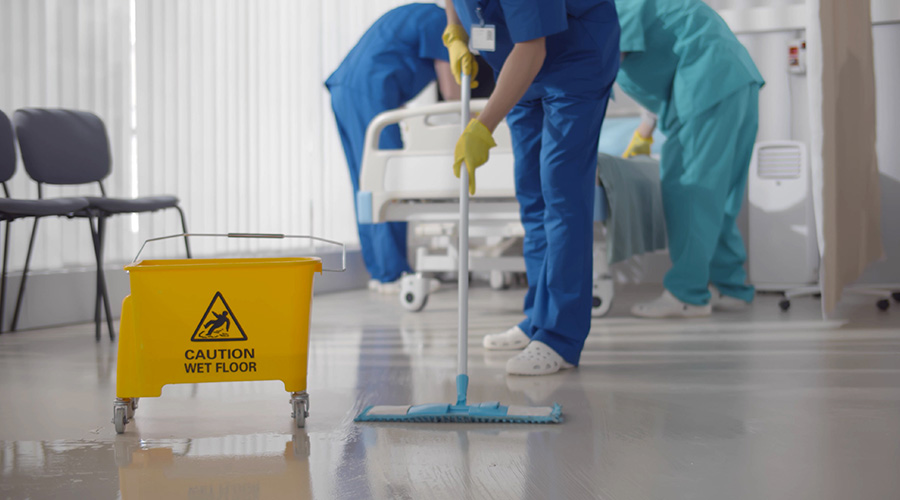Federal health officials reported last month that antibiotic-resistant bacteria infect at least two million Americans every year, and at least 23,000 die from those infections.
Limiting the spread of infection will require new strategies. A key element of this will be to control the dispersal of microbes via contaminated bed linen, mattresses and other points of close contact with infected individuals, according to an article on the Infection Control Today website.
As modern day hospital infection control measures improve, there is an increased focus on bed linen and associated materials as possible sources of infection.
A 2008 study by Creamer and Humphries outlined many of the issues posed by inadequate cleaning of hospital beds. Decontamination once a week in cases where patients were at a particular risk of infection was advised/ The optimal bed linen described was that which is easily washed and dried and has the lowest potential to harbor microorganisms. In addition, it is reaffirmed that pillows and mattresses warrant the greatest level of attention due to their proximity to patients undergoing care. The correct maintenance of storage presses and trolleys as part of any decontamination process is highlighted as an area that should also be considered as part of such a strategy.
The issues surrounding textiles in bedding and their role in reducing the risk of diminishing the health of individuals is not limited to the hospital setting, the article said.
A national pillow health check performed recently in Ireland in conjunction with Gabriel Scientific and Health Group laboratories showed extremely high levels of bacteria and fungi in a selection of pillows that were analyzed.
In order to protect individuals from infection the development of fabrics and textiles has lead towards a more active means of preventing microbial growth. The practice of impregnating textiles with silver or copper as a means to disrupt membrane stability has been proposed as a solution with claims of antifouling properties and other claims such as odor control and prevention of topical infection in several studies.
Read the article.

 Contaminants Under Foot: A Closer Look at Patient Room Floors
Contaminants Under Foot: A Closer Look at Patient Room Floors Power Outages Largely Driven by Extreme Weather Events
Power Outages Largely Driven by Extreme Weather Events Nemours Children's Health Opens New Moseley Foundation Institute Hospital
Nemours Children's Health Opens New Moseley Foundation Institute Hospital Code Compliance Isn't Enough for Healthcare Resilience
Code Compliance Isn't Enough for Healthcare Resilience Ribbon Cutting Marks First Phase Completion for New Montefiore Einstein Facility
Ribbon Cutting Marks First Phase Completion for New Montefiore Einstein Facility